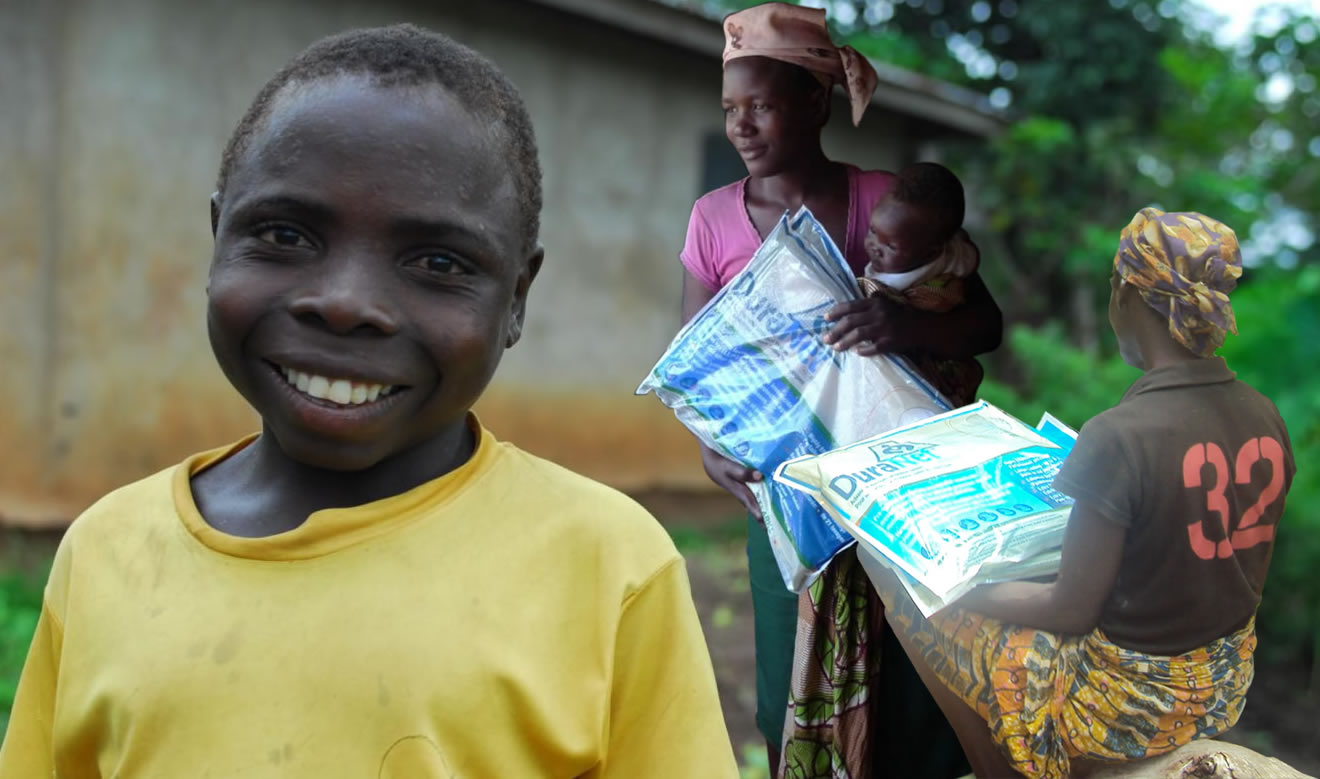Malaria Control
Malaria control is not a choice. The effect of Malaria on our planet is devastating; it’s endemic in 106 nations and jeopardizes more than half the world’s population. This year, Malaria will kill a child somewhere in the world every 30 seconds – most of them under the age of five. This means at least one million will die, with 90 percent of deaths occurring in Africa.
Malaria has been eradicated in wealthier countries, and strikes mostly the poor who live in mosquito infested areas in dwellings that don’t offer any protection against them. Infected mosquitos feed on the skin and blood of unprotected individuals, and the disease progresses rapidly as the parasites multiply in the cells. Soon, children, pregnant mothers and the elderly, are fighting for their lives as fever attempts to kill the invasion. The weak will eventually die as their organs shut down and they struggle to take their last breath.
Malaria control has been addressed in many ways. Resistance to sprays and the expense of vaccines has made physical protection against infected mosquitos an effective and economical way to beat Malaria. Long lasting insecticide treated bed nets will reduce Malaria illness in endemic regions. The Center for Disease Control (CDC) states that nets treated with insecticide have been shown to reduce the death of children under 5 in regions by about 20%.
Long lasting insecticide treated nets (LLINs) not only provide a physical barrier for Malaria control, but the insecticides they are treated with both kill and repel mosquitos and other insects. This reduces the number of mosquitos even attempting to enter the homes, and if nets are used across a community, they have an even greater impact. With mosquitos dying from contact with insecticides, even individuals left without net protection have a reduced threat of Malaria. Achieving protection for even unprotected individuals requires high community coverage.




